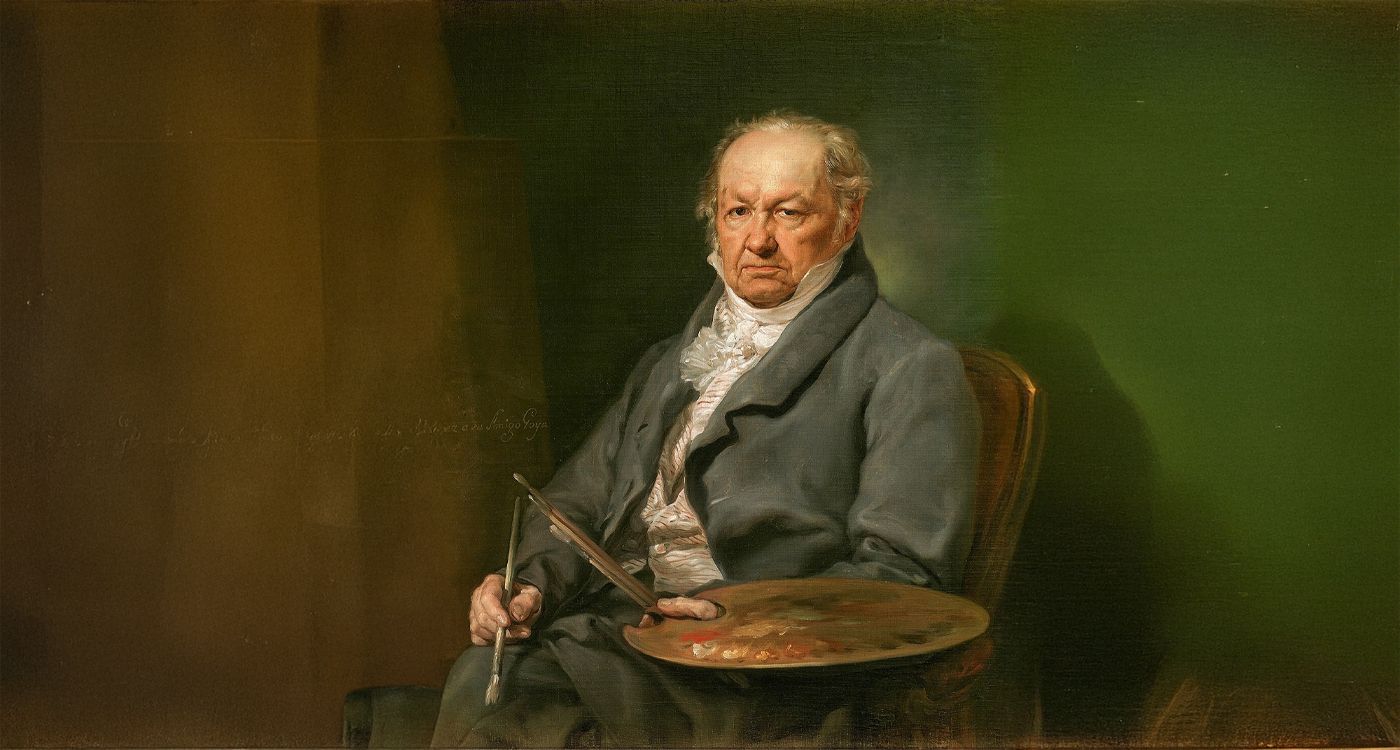
Francisco de Goya’s deafness has long puzzled historians. What if it wasn’t caused by illness, but by the slow poisoning from the toxic pigments he used? A disturbing theory that links the roots of his art to chemistry.
What if Goya’s deafness wasn’t just a twist of fate, but the poisoned result of a deadly pigment he used in his paintings? In 1793, at 47, Francisco de Goya was struck by a mysterious affliction that left him bedridden for months. He emerged weakened, feverish, delirious – and permanently deaf. The impact was profound. Just as he was poised to become court painter to King Charles IV, Goya was suddenly plunged into a world of silence. At the time, doctors suggested poisoning, encephalitis or syphilis – vague diagnoses for an unexplained ailment. But what if the true source lay not in an infection, but in something found on his own palette? What if this master of Spanish painting had, day after day, unknowingly poisoned himself by working with a pigment as brilliant as it was toxic?
The question goes beyond mere speculation. Like many of his contemporaries, Goya used pigments derived from heavy metals – lead white, vermilion (mercury), verdigris (copper), Naples yellow (antimony) and realgar, a red arsenic sulfite. At the time, there were no gloves, no proper ventilation and little understanding of the chemical risks. Painters mixed their own colors from toxic powders, handling them with bare hands, inhaling the dust, and sometimes unintentionally ingesting traces while eating or drinking carelessly. Lead white, essential for giving body to oil paint, was particularly prized for its coverage. But this pigment, known since antiquity, is also one of the most dangerous. It affects the central nervous system, causing motor disorders and hallucinations, and with prolonged exposure, can lead to irreversible damage to the brain or auditory nerve.
The illness that struck Goya in 1793 presents a troubling clinical picture: ringing in the ears, dizziness, vision problems, headaches, auditory hallucinations and, eventually, complete deafness. These symptoms are consistent with acute lead poisoning, also known as saturnism. This theory, first proposed in the 1960s by several Spanish researchers, was supported by an analysis of the artist’s environment. A poorly ventilated studio, widespread use of lead-based pigments, daily intensive exposure and preexisting health vulnerabilities all strengthened the hypothesis. A comparative study even examined similar health issues in other painters. Caravaggio, also suspected of suffering from lead poisoning, reportedly exhibited signs of psychological instability, aggression and depression. William Turner, renowned for his luminous mists, endured mysterious ailments in his later years. Similarly, Van Gogh, who also used chrome yellow and vermilion, was long believed to have experienced mental health issues exacerbated by lead or mercury poisoning.
Yet Goya, more than any other artist, embodies the transition from a colorful classicism to a world of shadows. His deafness trapped him in silence and unleashed a darker side of his imagination. After 1793, his most disturbing, violent and haunting works began to emerge. The Caprichos series, satirical and dark, followed by the Disasters of War and the Black Paintings on the walls of his Quinta del Sordo (“House of the Deaf Man”) all became silent cries, explosions of pain that only painting could convey. In these frescoes, human forms distort, faces scream in silence, and the monsters of reason materialize. The illness that consumed him infiltrated into his style, seeping into the very essence of his painting. He painted darker. And always with the same pigments, the same toxic powders.
The contradiction is stark. What fuels his artistic power is also what slowly consumes him. It is said that Goya suffered from violent nightmares, grotesque visions, and that his mood darkened deeply over the years. His letters describe persistent troubles, growing fragility, yet a creative energy that never waned. In fact, deprived of his sense of hearing, Goya developed a form of “internal” painting, focused on the tensions of the soul and the monsters of the unconscious. Some art historians view him as a precursor to Freud, or at least a pioneer in expressing trauma through imagery. Silence becomes painting, and painting, a cry.
We may never know for certain whether Goya’s deafness resulted from lead poisoning or a viral infection such as Vogt-Koyanagi-Harada disease or tertiary syphilis. However, the presence of lead in his environment, combined with the symptoms he described, strongly supports the toxic theory. Chronic lead poisoning is slow and insidious, often difficult to diagnose without modern tests. It gradually damages the nervous system, alters the mood and impairs sensory functions. In a tragic irony, the very pigments that brought his paintings to life – those vivid reds, bright whites and sharp yellows – also carried the seeds of his physical decline.
Francisco de Goya died in 1828 in Bordeaux, far from his homeland, surrounded by few and almost forgotten by the powerful. Perhaps, having been deprived of hearing, he had sensed earlier than most that the modern world would be dissonant. His deafness, a consequence of slow poisoning, may have been the price for a sharper vision. He wasn’t the only one to suffer for his palette, but he remains one of the few who transformed poison into black gold.


Comments